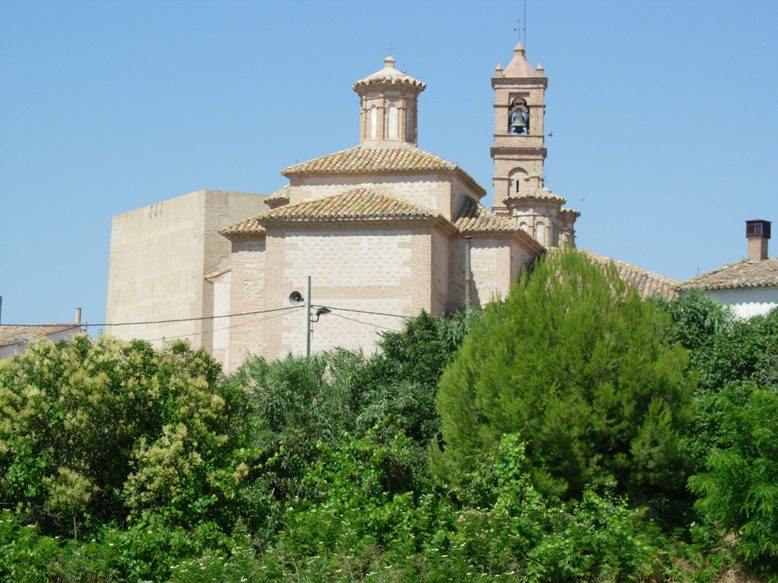Salillas de Jalón facts for kids
Quick facts for kids
Salillas de Jalón, Spain
|
|||
|---|---|---|---|
|
|||
| Country | Spain | ||
| Autonomous community | Aragon | ||
| Province | Zaragoza | ||
| Municipality | Salillas de Jalón | ||
| Area | |||
| • Total | 2 km2 (0.8 sq mi) | ||
| Population
(2018)
|
|||
| • Total | 304 | ||
| • Density | 150/km2 (390/sq mi) | ||
| Time zone | UTC+1 (CET) | ||
| • Summer (DST) | UTC+2 (CEST) | ||
Salillas de Jalón is a small and peaceful municipality. It is located in Spain, specifically in the province of Zaragoza. This area is part of the Aragon region. The village is also part of the Valdejalón county. In 2004, about 344 people lived here. By 2018, the population was around 304.
Contents
Discover Salillas de Jalón
Salillas de Jalón is a quiet place. It offers a glimpse into traditional Spanish village life. The municipality covers a small area of just 2 square kilometers. This makes it a very compact and easy-to-explore community.
Where is Salillas de Jalón Located?
This charming village is found in northeastern Spain. It sits within the Aragon region. Aragon is known for its beautiful landscapes and rich history. Salillas de Jalón is part of the province of Zaragoza. The city of Zaragoza is the capital of this province. The village is also part of the Valdejalón county. This county is named after the Jalón River.
Life in a Small Spanish Village
Life in Salillas de Jalón is often calm and connected to nature. Many small towns in Spain focus on farming or local crafts. People often know their neighbors well. The pace of life can be slower than in big cities. This allows for a strong sense of community.
The San Martín Church
One important building in Salillas de Jalón is the Parish of San Martín. This church is a central part of the village. Churches like this often have a long history. They are important for local culture and community gatherings.
Population Changes Over Time
Like many small villages, Salillas de Jalón has seen changes in its population. In 2004, there were 344 residents. By 2018, this number had slightly decreased to 304. These changes are common in rural areas. They can be due to people moving to larger cities for work or education.
See also
 In Spanish: Salillas de Jalón para niños
In Spanish: Salillas de Jalón para niños




